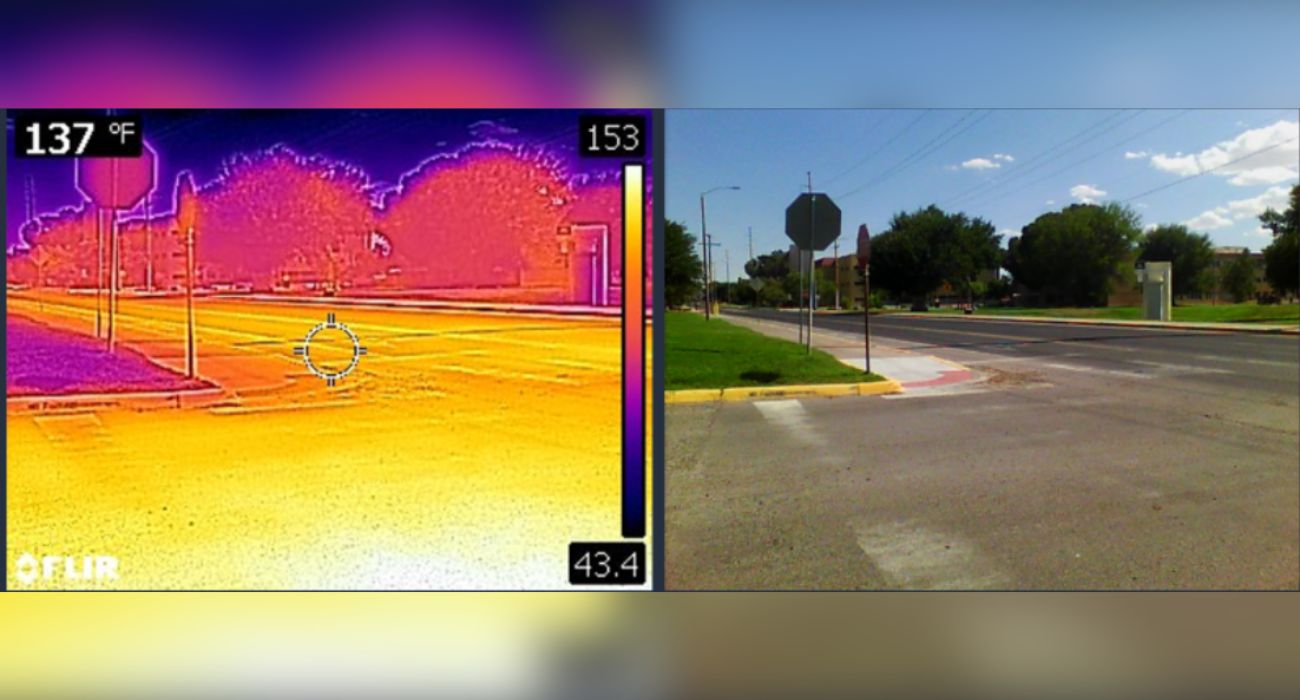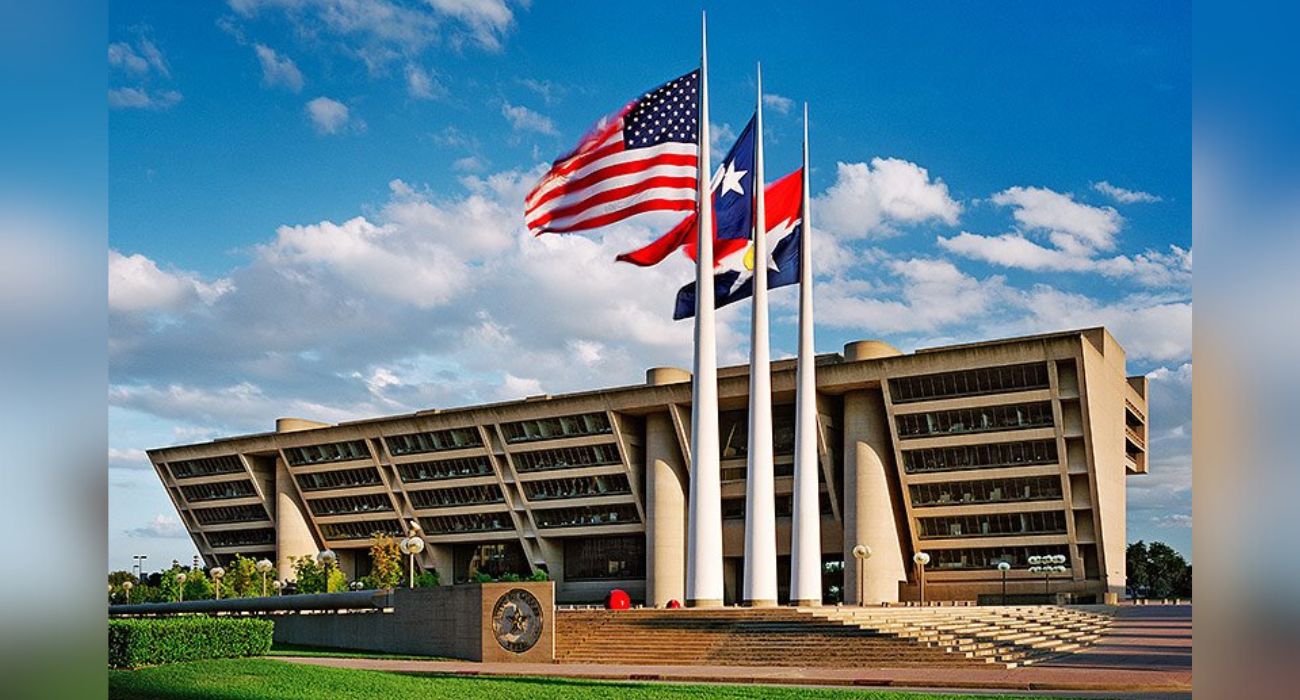The City of Dallas is working with the National Oceanic and Atmospheric Administration in an effort to discover which neighborhoods are the hottest.
Now in its seventh year, the National Oceanic and Atmospheric Administration (NOAA) Urban Heat Island mapping campaign focuses on areas that have fewer trees and more pavement, which can result in temperature differences of as much as 20 degrees Fahrenheit. Extreme heat is the number one weather-related cause of death, according to the NOAA.
In a video, NOAA meteorologist Tom Di Liberto explains the importance of urban heat mapping:
The 2023 campaign will map the hottest locations in 18 communities across 14 states, including Texas, Oklahoma, Arizona, and North Carolina.
Morgan Zabow, NOAA’s community heat and health information coordinator, told CBS News Texas that urban heat islands cause cities to be “typically much warmer than your nearby more vegetative, more rural [areas] due to factors of the built environment.”
The campaign relies on local volunteer citizen scientists in each city who traverse their neighborhoods in the morning, afternoon, and evening hours, measuring for humidity and temperature with sensors mounted on their vehicles.
Last year, 782 volunteers collected over 1 million measurements in 15 communities nationwide.
“The burden of heat is not shared equally in our urban areas,” said NOAA Administrator Rick Spinrad in a news release in April. “Gathering this type of environmental intelligence helps communities measure their hottest places so they can develop strategies to reduce the dangerous effects of heat. Community by community, we’re working to create a Climate-Ready Nation that is resilient in a changing world.”
Emily Plauche, an urban forestry coordinator with the Texas Trees Foundation, told CBS News Texas that trees might present a solution to beating the heat. She noted that schools need more tree coverage.
“School campuses are some of the least tree-d areas in the city, actually,” said Plauche. “They have very low canopy cover so coming in and planting trees is gonna be really important to cool the outdoor spaces for students.”
In 2023, temperatures in Dallas will be measured on August 5. Volunteers are still needed. To sign up, click here. Required training for volunteers will take place on July 20.
Locally, the campaign is being run by the City of Dallas’ Office of Environmental Quality and Sustainability. Questions about heat island mapping in Dallas can be directed to Maritza Figy ([email protected]) or Kevin Overton ([email protected]).






